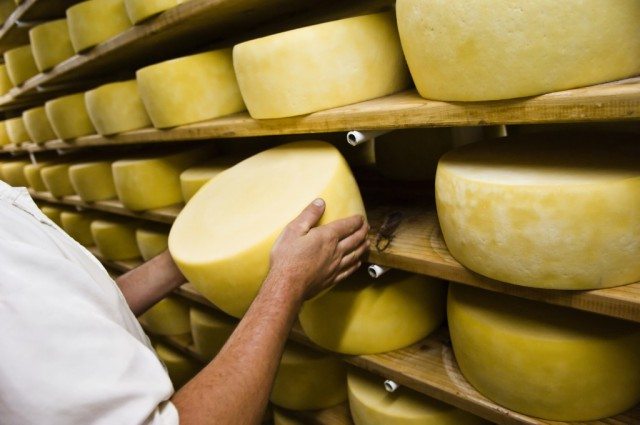Most consumers have an idea what they want their pizza slice to look like.
Golden cheese with that dark toasted-cheese color scattered in distinct blistery patches across the surface with a bit of oil glistening in the valleys.
A new study in the Journal of Food Science, published by the Institute of Food Technologists, evaluated the pizza baking performance of different cheeses (mozzarella, cheddar, colby, Edam, Emmental, Gruyere, and provolone) in conjunction with a new quantifiable evaluation technique to see how their composition and functional differences affected browning and blistering.
The study found that the elasticity, free oil, moisture, water activity and transition temperature all influence the color uniformity of cheeses.
The blisters were not formed for cheddar, colby, and Edam cheeses because of their small elasticity.
A sufficient amount of free oil prevents moisture evaporation, and thus less intensive browning on Gruyere and provolone, and hardly at all with Emmental.
Therefore, these cheeses can be combined with the easily blistering mozzarella to create a gourmet pizza with a less burnt appearance.
The study did not rely on human sensory assessment but researchers developed a machine vision technique coupling careful imaging with quantified image analysis to help quantify a description that can be used by pizza manufacturers to make an appealing product for consumers.










